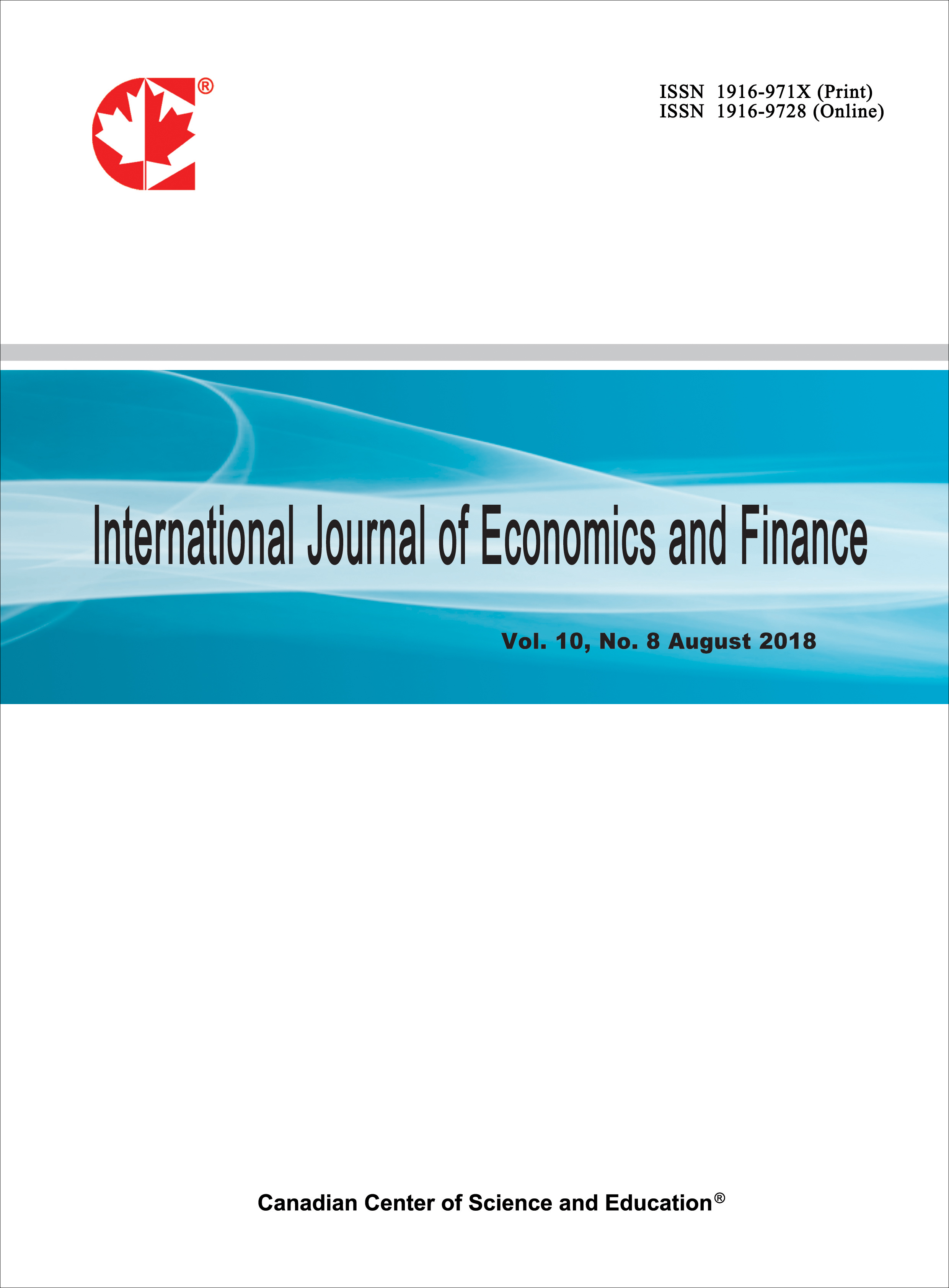Evidence on a New Stock Trading Rule that Produces Higher Returns with Lower Risk
- Eric Prentis
Abstract
This new stock market trading rule uses three-steps to remove random unsystemic risk from stock price data to smooth volatility. Proving that a predetermined technical analysis relative maxima and minima trading rule for an S&P 500 Index portfolio substantially beats a naïve buy-and-hold policy, at significantly lower risk. Calling key theories in economics and finance into question. The relative maxima and minima trading rule succeeds because of market participants’ emotions. Investor fear and panic selling plunges stock prices downward below equity intrinsic values at market bottoms. Investor greed brings stock prices above equity intrinsic values at market tops. Empirical evidence—consisting of 81 years of data—confirms this conclusion.
- Full Text:
 PDF
PDF
- DOI:10.5539/ijef.v3n1p92
Journal Metrics
Index
- Academic Journals Database
- ACNP
- ANVUR (Italian National Agency for the Evaluation of Universities and Research Institutes)
- Berkeley Library
- CNKI Scholar
- COPAC
- Copyright Clearance Center
- Directory of Research Journals Indexing
- DTU Library
- EBSCOhost
- EconBiz
- EconPapers
- Elektronische Zeitschriftenbibliothek (EZB)
- EuroPub Database
- Genamics JournalSeek
- GETIT@YALE (Yale University Library)
- Harvard Library
- Harvard Library E-Journals
- IBZ Online
- IDEAS
- JournalTOCs
- LOCKSS
- MIAR
- NewJour
- Norwegian Centre for Research Data (NSD)
- Open J-Gate
- PKP Open Archives Harvester
- Publons
- RePEc
- ROAD
- Scilit
- SHERPA/RoMEO
- SocioRePEc
- Standard Periodical Directory
- Technische Informationsbibliothek (TIB)
- The Keepers Registry
- UCR Library
- Ulrich's
- Universe Digital Library
- UoS Library
- ZBW-German National Library of Economics
- Zeitschriften Daten Bank (ZDB)
Contact
- Michael ZhangEditorial Assistant
- ijef@ccsenet.org
